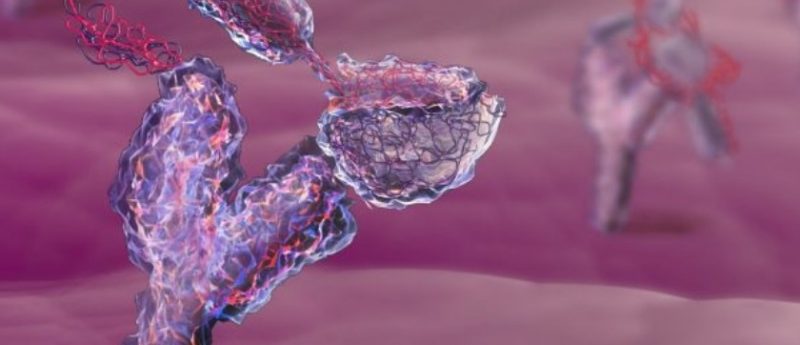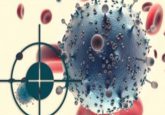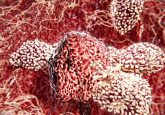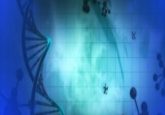Epidemiology, clinical manifestations, risk reduction and treatment strategies of jaw osteonecrosis in cancer patients exposed to antiresorptive agents

Osteonecrosis of the jaws (ONJ) is an adverse side event of bisphosphonates and denosumab, antiresorptive agents that effectively reduce the incidence of skeletal-related events in patients with metastatic bone cancer and multiple myeloma. Available data suggest that 0–27.5% of individuals exposed to antiresorptive agents can develop ONJ. There is increasing evidence that avoidance of surgical trauma and infection to the jawbones can minimize the risk of ONJ, but there are still a significant number of individuals who develop ONJ in the absence of these risk factors. Bone necrosis is almost irreversible and there is no definitive cure for ONJ with the exclusion, in certain cases, of surgical resection. However, most ONJ individuals are affected by advanced incurable cancer and are often managed with minimally invasive nonsurgical interventions in order to control jawbone infections and painful symptoms. This article summarizes current knowledge of ONJ epidemiology, manifestations, risk-reduction and therapeutic strategies. Further research is needed in order to determine individual predisposition to ONJ and clarify the effectiveness of available treatments.
Click here to view full article.




